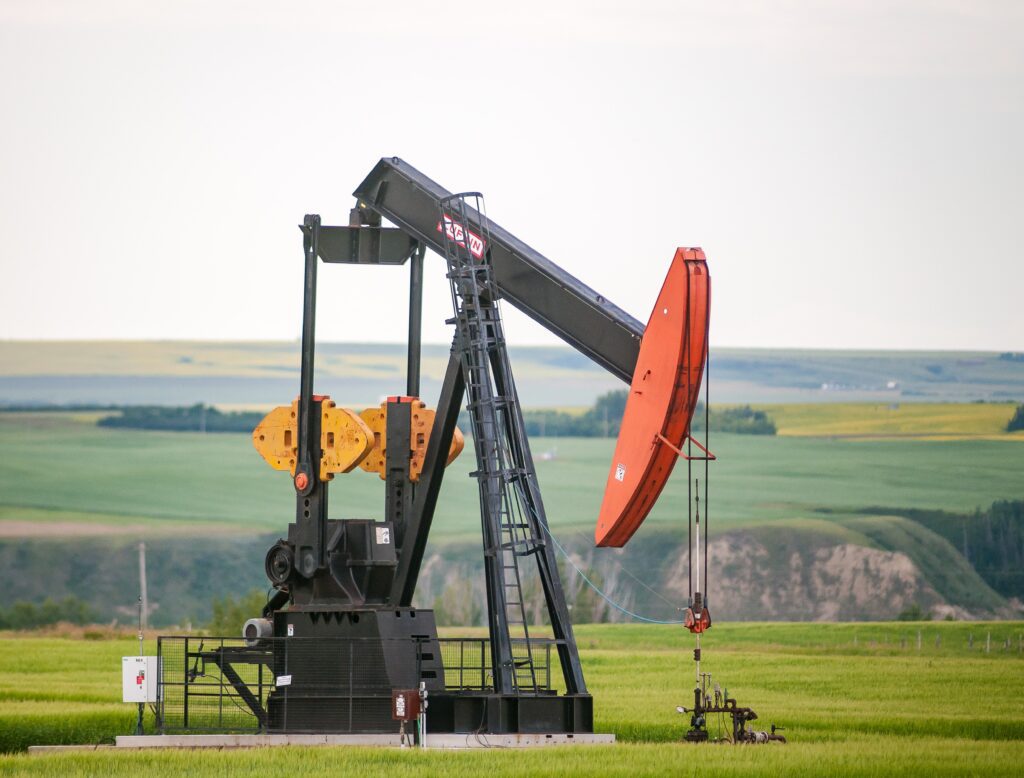Do you know what’s happening in oil and gas right now? If you work in recruitment for oil and gas companies—either at a staffing agency or in an HR department—understanding the industry can help you manage your skilled workforce and serve your clients better.
With so much change happening in the oil and gas sector at the moment, it’s more important than ever to stay on top of industry news. As the energy sector adjusts to new geopolitical realities, evolves to include renewables, and improves performance on ESG issues, staffing plays an integral role. The industry’s ongoing and rapid transformation is a pivotal reason to understand what’s going on in the sector right now. After all, every evolution comes with new opportunities—new types of work, new technologies, and new markets.
What’s happening in oil and gas right now?
The oil and gas industry is currently undergoing a period of turmoil and evolution. Thanks to an increase in demand following the pandemic lockdowns, as well as supply disruptions resulting from sanctions on Russia, oil and gas prices rose to decade highs in 2022. However, despite high profits, the sector is clouded with uncertainty. Ongoing geopolitical concerns, the growing importance of ESG issues, as well as the realities of the looming energy transition are expected to cause volatility in oil and gas this year.
The issues are varied and complex, but fortunately, there are a few key themes that you can take away for your work in recruitment. Here’s what staffing and HR professionals should know about the trends driving the oil and gas industry in 2023.
Natural gas and carbon-neutral liquid natural gas (LNG) are on the rise
Investments in natural gas and carbon-neutral LNG are increasing in response to pressures to reduce emissions in the short-term. While natural gas is not considered a long-term solution for climate change, many see it as a key first step to reducing carbon and methane emissions while also maintaining the energy supply to places like Europe that are experiencing shortages.
What does this mean for workers? Expect to see oil and gas companies breaking ground on new natural gas projects this year, with a range of new positions open to qualified candidates.
The clean energy transition has begun
The transition from fossil fuels to renewable energy is no longer on the horizon. It’s happening now.
New policies and funding—combined with higher cashflows from the industry’s banner year in 2022—are expected to accelerate investments in clean energy. Accompanying this trend, governments have also begun to announce long-awaited legislation to help workers in the oil and gas sector move into jobs in green energy.
Knowing that the energy transition has begun, recruiters should keep an eye out for new roles in clean energy that are open to oil and gas workers. As energy companies diversify their investments, many of these jobs may even be within oil and gas companies.
ESG matters
Now more than ever, investors in oil and gas are paying attention to environmental, social, and governance issues (ESG). This trend is related to the clean energy transition, but it’s also spurred by pressure from investors and the wider public for corporations to take action on social issues and improve corporate governance.
In practical terms, the shift means oil and gas companies are no longer being judged solely on the profits they make for shareholders. Investors and the public are increasingly holding industry leaders accountable for their carbon emissions and for their equity, diversity, and inclusion (EDI) metrics, recognizing these factors as important predictors of a company’s long-term success.
Thanks to this trend, recruiters in staffing agencies and HR departments can not only expect an increase in new green jobs, but also a greater demand for diversity in hiring. Because EDI is becoming more significant in the industry, reducing bias in your staffing process is more important than ever.
Read more about reducing bias in recruitment on our blog.
More mergers and acquisitions are coming
According to analysis by Deloitte, a number of mergers and acquisitions (M&A) are expected in oil and gas in 2023 if energy prices remain stable. Higher cashflows, combined with continuing economic uncertainty, will spur larger firms to buy up mid-sized companies to ensure they are staying competitive with other giants in the sector.
Once again, the energy transition is also a factor. As companies prepare to weather the shift to clean energy, they are exploring opportunities to acquire firms in renewables and other growing sectors.
Your team should pay close attention to how these transactions affect staffing. M&A may not necessarily cause material changes for workers, but it could result in structural changes at the oil and gas companies that you staff.
The bottom line
Oil and gas is in the midst of a significant moment of transition, and workers are in the middle of it. Investor pressure, economic uncertainty, and the move towards clean energy—among other influences—are transforming how oil and gas companies operate in ways that directly and indirectly impact workers in the skilled trades.
As recruiters in the staffing industry, you have the opportunity to get ahead of these trends by understanding the issues involved and adjusting accordingly. With the right strategy, you can ensure that you’re preparing workers to succeed, and connecting oil and gas companies with the skilled workforce they need to meet the moment.
Is your recruitment team searching for a software solution to streamline your work? Built for staffing agencies and Human Resource departments, Labourly is a simple, intuitive solution for managing your skilled workforce. Book a demo call with our team today to explore options for your company.










